The newly passed Motor Vehicle Amendment Bill brings with it a lot of positivity. One is hopeful that the revamped traffic rules and regulations will help in improving traffic management and as a result, road safety in India.
However, there are serious issues in the very definition of offences and the penalties thereof, in some of the sections of the bill.
Also, the signage and the evidential equipment to ascertain the offence is either not standardised, are missing or not working.
All these factors can become a significant roadblock to the success of the bill, even derail it. These could become the cause of utter confusion, public harassment and encourage corruption.
One such area of great concern is the speeding law under the bill.
While the Motor Vehicle Amendment Bill comes with tough measures and stricter penalties to curb over speeding and reckless driving, it is not backed by a good support structure to make it a success.
What is Section 183 under MVA?
Section 183 of the newly passed Motor Vehicle Bill deals with offences related to speeding laws. Here are the highlights of the section.
- The penalty of over speeding has been increased from current ? 500.
- The punishment for the first-time offence for a light motor vehicle (LMV) would be between ? 1,000 to ? 2,000.
- The punishment for medium, heavy goods or passenger vehicles will be between ? 2,000 and ? 4,000.
- Second offence onwards, the penalty under Section 183 will be the fines given above, plus the offender’s licence will be confiscated as per the provisions of sub-section (4), of section 206.
- As per Section 206(4) the license would be forwarded to the licensing authority for disqualification or revocation proceedings under Section 19 of the Motor Vehicles Act.
- Additionally, the authorised police officer seizing the licence of the driver will give him/her a temporary acknowledgment.
- After the impounding of the licence, the driver cannot drive any vehicle until the licence has been returned.
Section 183 will surely help in bringing some order on the roads, discouraging over speeding. However, the agenda of this section can be a success only if backed by well laid out and marked road signage and efficient evidential equipment.
However, research done by IRTE (Institute of Road Traffic Education) indicates the condition of the signage and road equipment is in complete disarray.
IRTE, a not-for-profit research-based organisation, conducted surveys across 65 cities and over 18,000 kilometres of highways to study the road signage and safety equipment.
The findings show that a large percentage of the speed signage in the country does not conform to the scientific requirements and standards prescribed by IRC (Indian Roads Congress). Additionally, they do not even comply with the provisions required by Section 112 (2) of the Motor Vehicle Act.
Furthermore, the evidential equipment like radars, speed guns, laser devices many times do not function properly or are not standardised.
Added to this, the law or codes of practices must give a margin of error in recording the speeds. This power of deciding on this margin is left to the discretion of the law enforcement officers.
Therefore, Section 183, if implemented without the necessary support, will defeat the very purpose it has set out to achieve. Instead, it will result in increased public harassment, confusion and corruption.
A study done by IRTE on 14 stretches of Delhi NCR stretch had the following findings specific to ‘Speed Limit Signs’.
As per the IRS regulations, the ‘Maximum Speed Limit Sign’ should be located at the beginning of the road or area where this restriction is applicable.
The different speed limits on different kinds of vehicles should be listed separately and clearly visible from a distance. The shapes of the signs plus the dimensions are prescribed clearly in the IRS code.
The IRTE Speed Signage Findings were
- Out of 259 signs examined, 241 (93.05%) were not as per the prescribed standards.
- The size of the numerals used was 100mm, instead of the required 225 mm, which is less than 50% of the required visibility from a distance.
- The signage did not mention the speed limit for ‘Powered Two-wheelers,’ which constitute 64.35% of the total registered motor vehicles.
Therefore, if the speed signage installed is not as per standard and not conforming to Sections 112(2) and 116 of the Motor Vehicles Act, it will cause undue harassment to the road users.
Road users will be penalised for violations they may commit unknowingly and will lead to giving corrupt officers a bigger leeway in fleecing the people. It will also, in all likelihood, lead to an increase in unnecessary litigation.
So, what is a possible solution in the given scenario?
According to Dr Rohit Baluja, President IRTE, and a committed professional and expert in the field of road safety:
- As stipulated in Section 183, penalties should be made higher, but with specifications. Authorities must ensure that speed signage conforms to IRC standards and must be installed as per the provisions laid under Section 112(2), and 116 of the Motor Vehicles Act.
- The revocation of license on the second offence must be removed as it will only lead to huge public furore, panic and harassment.
Do you agree with the views of this article? Have any opinion on the issue? Tweet, talk, speak up and make some noise. The primary motive of the Motor Vehicle Act is to make our roads and us safe. Let’s make sure it does exactly that.

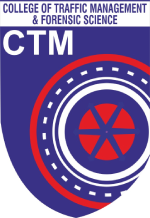

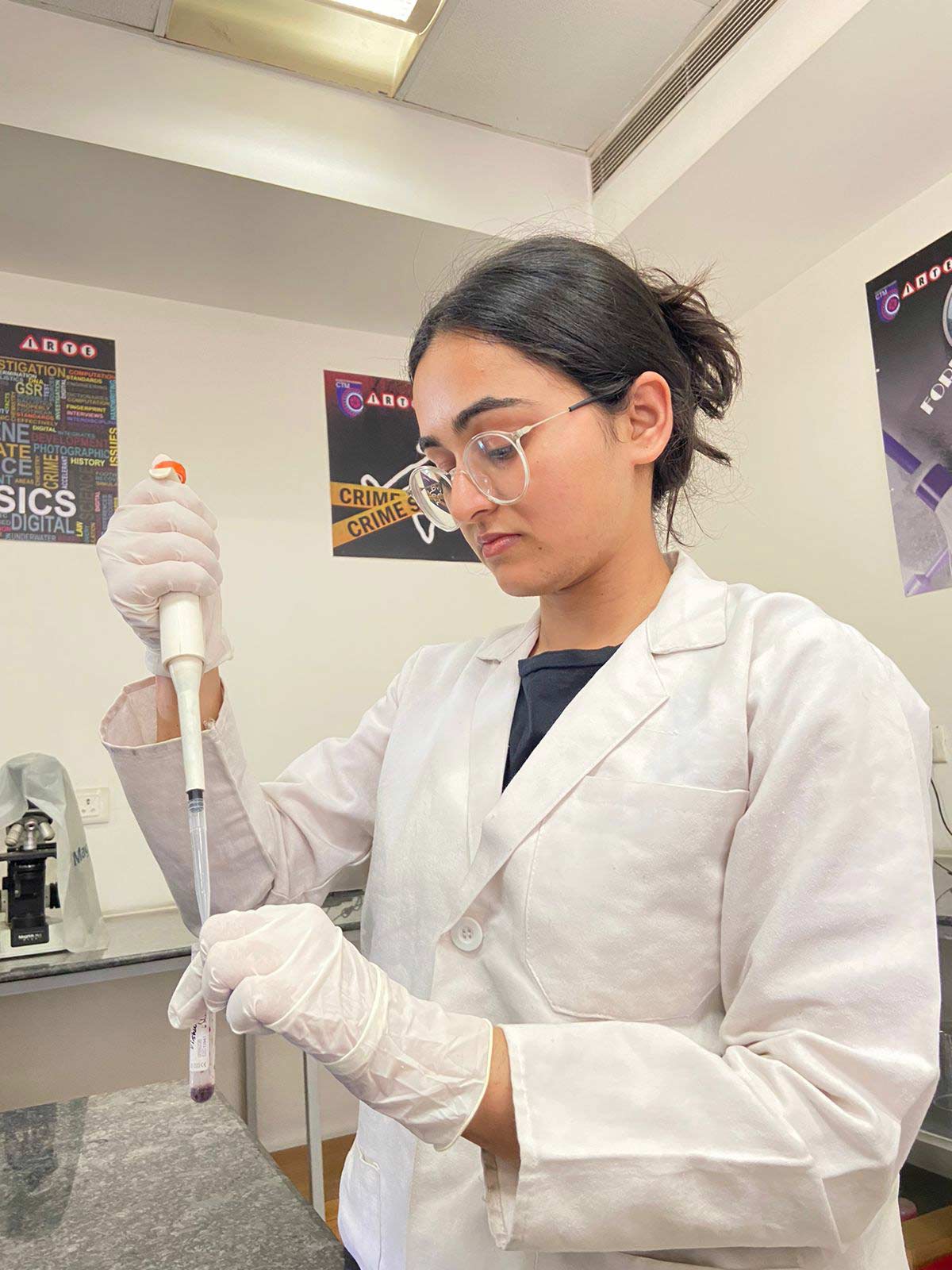
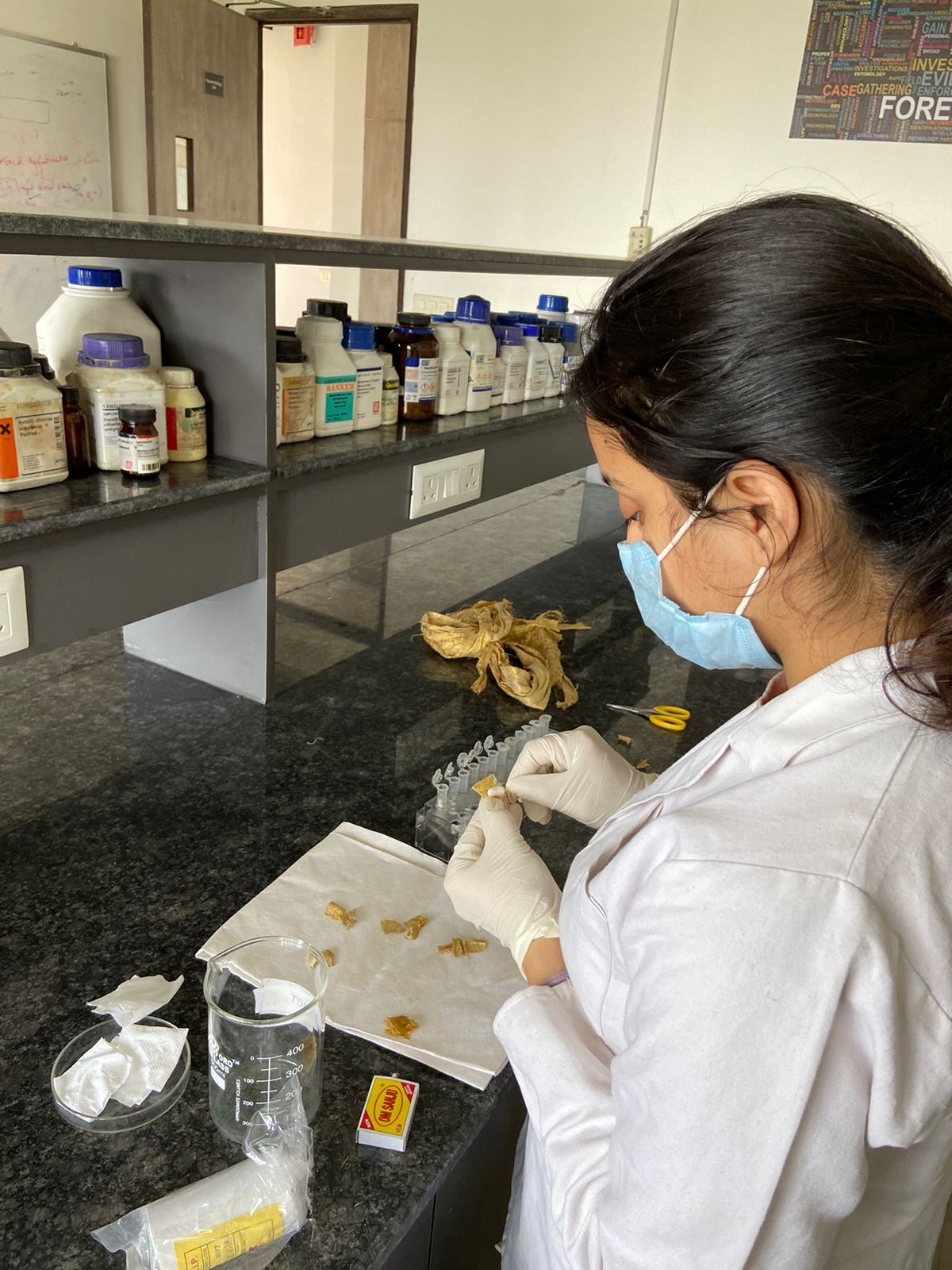
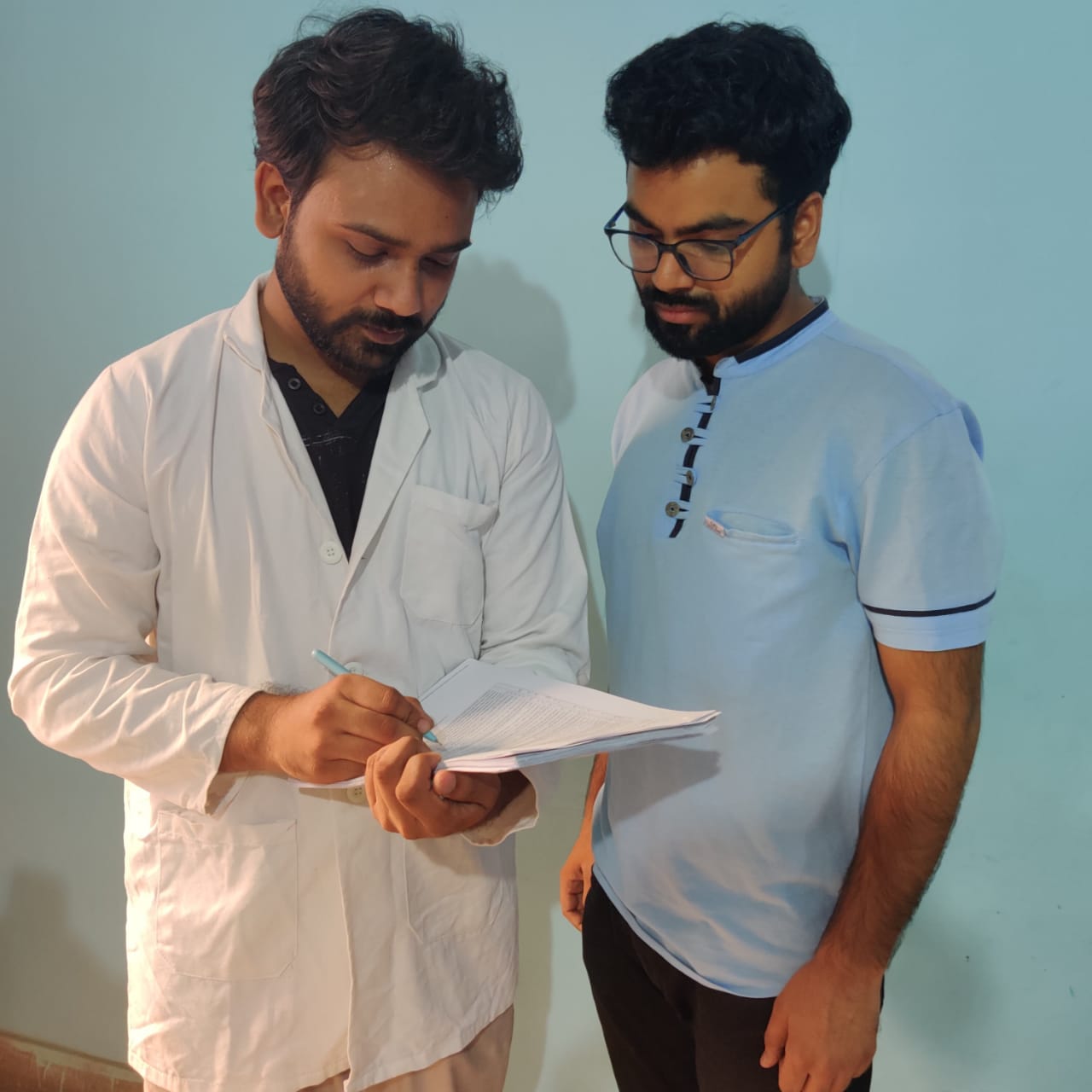
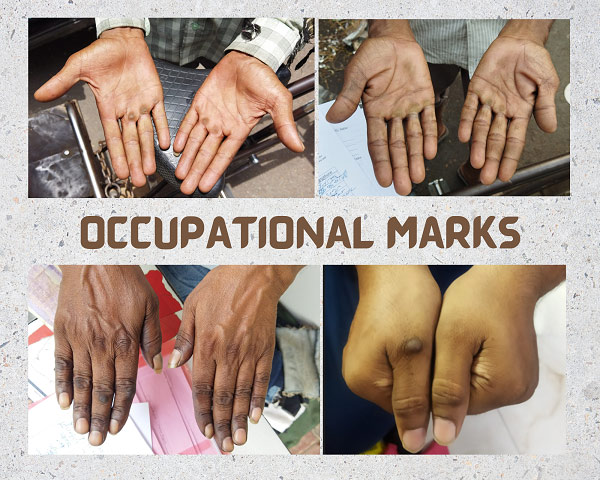
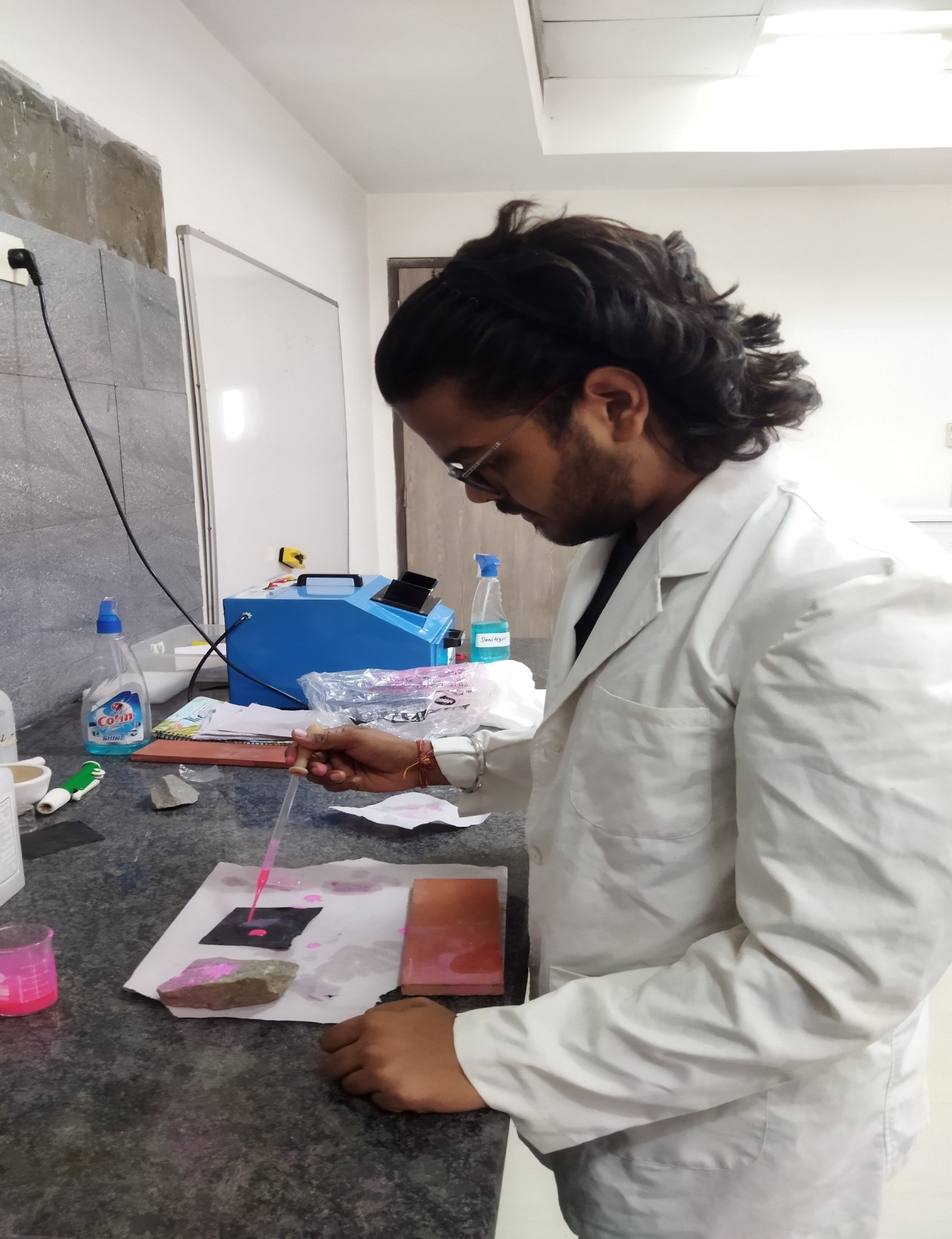

No Comments